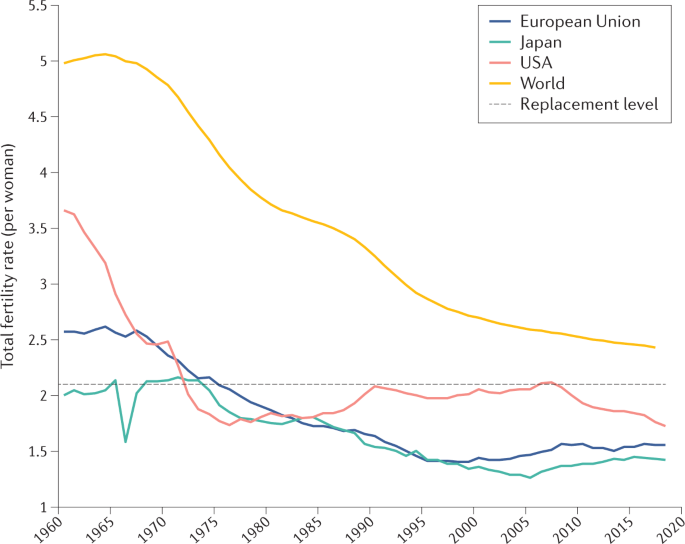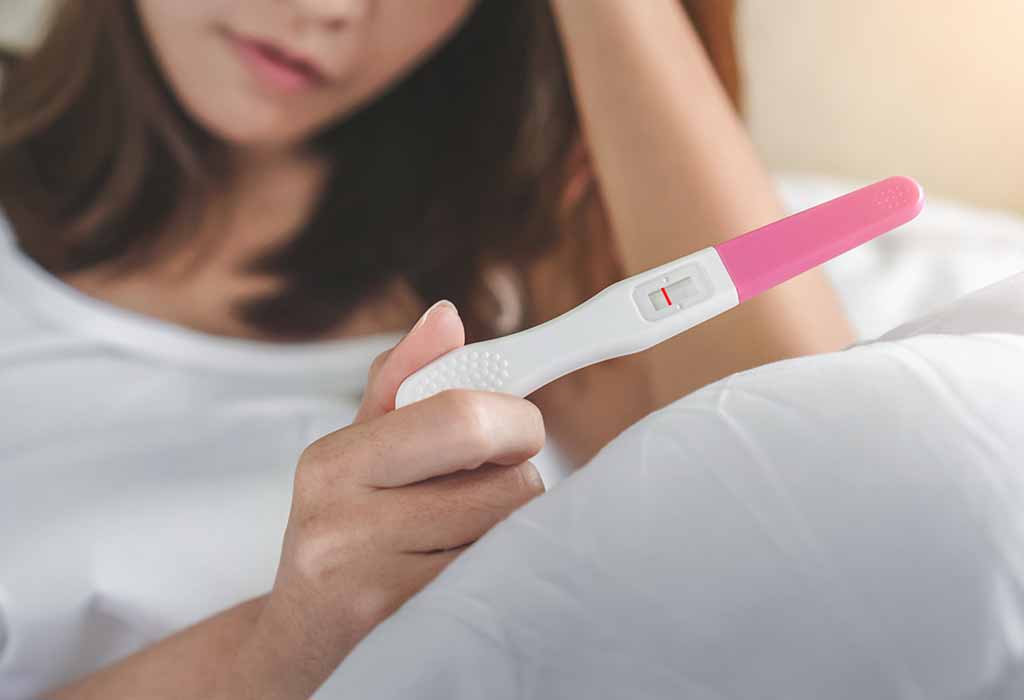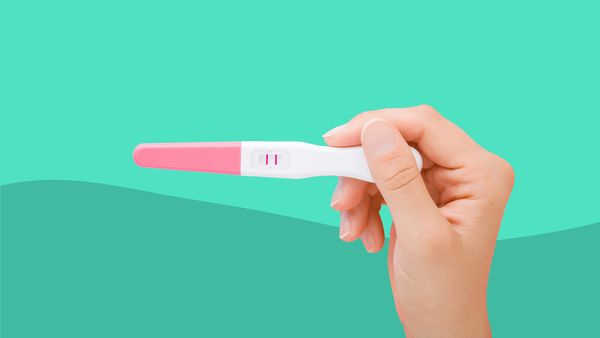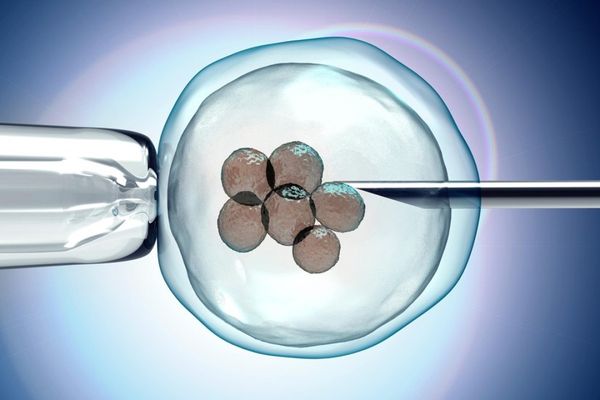In 10 seconds: Emerging research suggests reproductive health problems such as the ‘Infertility epidemic’ could be partially linked to increasing human exposures to environmental chemicals.
What’s the story? A severe decline in childbirths has occurred over the past half-century, particularly in industrialized regions of the world. Although this might be due to multiple factors such as economic and behavioral factors alone, there is a significant degree of environmental factors that could be involved.
So, the infertility epidemic could be related to the environment? According to an editorial article from the peer-reviewed Journal “Integrative Medicine”, the research is quite clear that metals and chemicals in the air, water, and food are damaging fertility in many ways. These toxins are causing men to experience a relentlessly decreasing sperm count and function while women are suffering progressively worse anovulation(eggs not released from the ovary), impaired implantation (a step before the onset of pregnancy), and loss of fetal viability.
Aren’t there other reasons for the infertility epidemic? The expert author mentions that: “While much of the 50% decrease in the number of children born per woman in the past 60 years is due to choice, an increasing number of couples—now 1 in 7 to 10 in North America—are having serious difficulty conceiving. A significant cause of this progressive loss of fertility is the increasing body load of environmental toxins in both men and women.”

Ok but how exactly could the environment cause infertility? Environmental toxins can cause infertility through four basic routes: Endocrine, or hormonal disruption, direct damage to the female reproductive system such as the oocytes (eggs), damage to the male reproductive system, and finally impairment of the viability of the fetus. These possible damages or impairments do not only decrease natural fertility but also make in vitro fertilization (IVF) much less likely to succeed.
What are the worst known toxins known to affect fertility? The worst fertility disrupters are organochlorine compounds (chlorinated pesticides, polychlorinated biphenyls – now banned, but present in some pre-1979 products -, and dioxins – byproducts of burning and certain industrial activities). Then we have bisphenol A (BPA, a compound used in the production of plastics), and organophosphate pesticides and herbicides. However, many other chemicals, metals, and air pollutants can also seriously damage fertility.
You did not mention smoking… Well, I was just about to. An obvious cause of toxin exposure in the air is tobacco use. However, the problem is not just active smoking but air pollution as well. For example, the closer a woman lives to a highway, the higher the rate of her infertility is. Even brief exposure to elevated levels of PM10 particulate increases the rate of miscarriage. (There are small particles present in smoke and dust).
Are air pollutants that detrimental to fertility? Yes. Air pollutants from combustion engine exhausts – i.e from vehicles - are associated with reduced fertility in males as well. Men residing in industrial towns cansuffer a significant reduction in sperm motility (its ability to ’swim’ and reach the egg) and morphology (its shape and size) when compared with those living in a rural district with little air pollution. The air pollutants shown to have the biggest impact in this study were PM10 and total suspended particulates of SO2, CO, and NOx.
You mentioned that the problem is more prominent in industrialized regions. Coal, oil, and natural gas are examples of fossil fuels that cause air pollution and have been linked to infertility. A recent Nature reviewstated that decreasing fertility rates were already recorded around the early 1900s in Denmark, a few decades after they began using fossil fuels which were, and still are, drivers of modern industrialization. The team has hypothesized that declines in fertility rates might be linked to exposures to chemicals from fossil fuels causing human reproductive problems as well as early gestation problems and suggested that the current birth rates were ‘unsustainable’ and would lead to decreasing populations.
Ok, could you explain further how hormonal problems could be secondary to environmental factors? The main hormonal disruption impairing fertility is loss of blood-sugar control manifesting as metabolic syndrome and diabetes as well as abdominal obesity, especially in men, and polycystic ovary syndrome (PCOS) in women. Men with type 2 diabetes could have hypogonadism (low production of hormones by the testicles). Women with PCOS, have substantially lower fertility and if they become pregnant, they have an increased risk of gestational diabetes, pregnancy-induced hypertension, pre-eclampsia, preterm birth, and the risk of their babies needing admission to neonatal intensive care.
Apart from environmental factors what we put into our mouths matters too…
Exposure to pesticides leaking into the food chain has also been implicated in the loss of fertility.
For example, a study on Ontario women farmers showed a fertility decrease in proportion to pesticide use. The worst pesticides and herbicides appear to be dicamba (49% decrease in fertility), glyphosate (39%), 2,4-D (29%), organophosphates (25%), and thiocarbamates (24%). When infertile couples seek IVF, those with the highest levels of PCBs are much more unlikely to achieve pregnancy.
Men who consume high pesticide-residue fruit and vegetables (≥1.5 servings/day) hav a 49% lower total sperm count and a 32% lower percentage of morphologically normal sperm as compared to men in the lowest quartile of intake (<0.5 servings/day).
And then there is water: studies show that women drinking groundwater with tetrachloroethylene (PCE) contamination suffer over a doubled risk of spontaneous abortion. Also, the chlorination of drinking water has been associated with fertility problems. Women drinking chlorinated water are far more likely to deliver a child with a smaller body length and smaller head circumference.
Ralph has distilled 10 research papers saving you 35 hours of reading time.
The Science Integrity Check of this 3-min Science Digest was performed by Dr. Mónica Faut.






